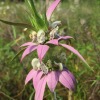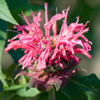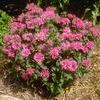
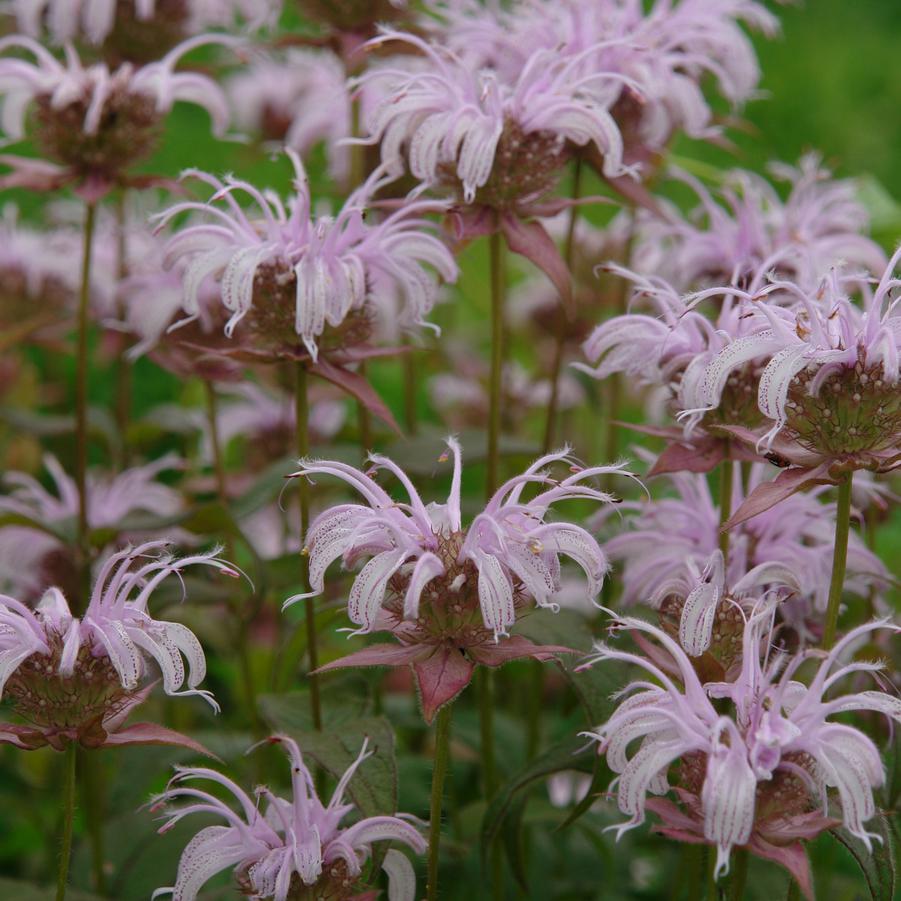
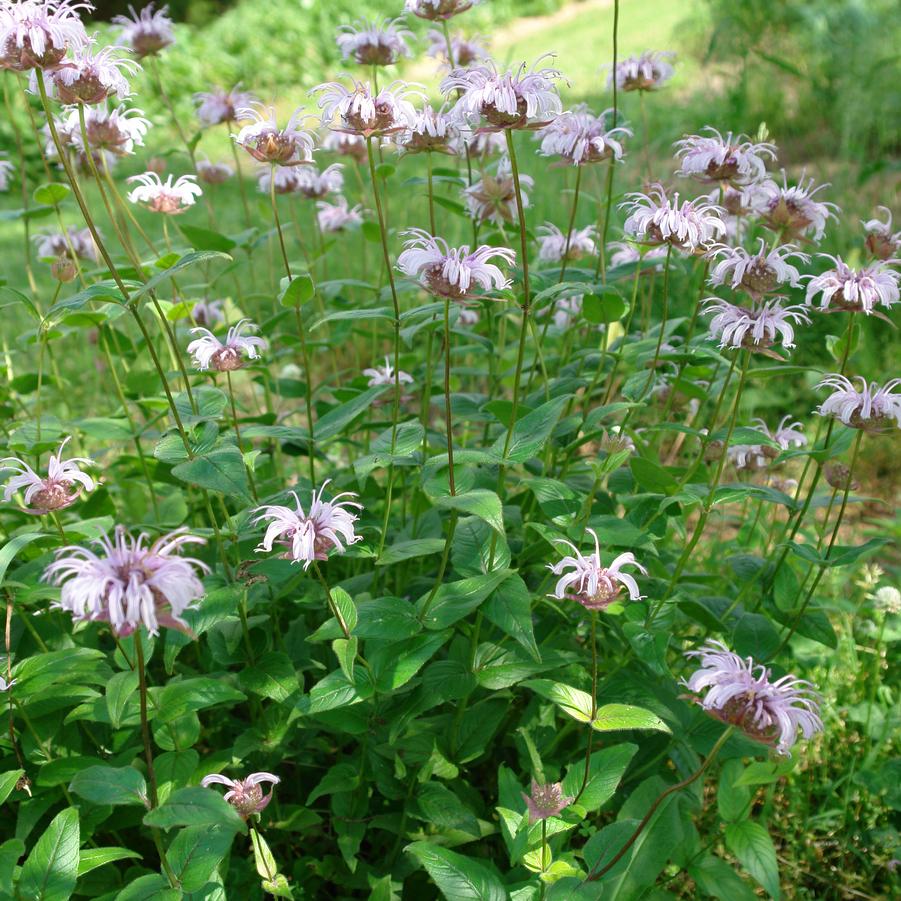



Plant Calculator
Enter the approximate length and width of the area you will be planting and click 'Calculate' to determine how many Monarda bradburiana you will need.
Correct and successful spacing is complex and depends on project conditions. We encourage you to call us at 877-ECO-PLUG for project specific recommendations and further assistance.
Monarda bradburiana
eastern beebalm
- Category: Perennial, Native
- Hardiness Zone: 4-8
- Height: 1-2 Feet
- Spread: 1-2 Feet
- Spacing: 12 Inches
- Bloom Color: Pink
Tubular, two-lipped, pink to light lavender flowers carry a purple tracking and bloom from spring into summer. A member of the mint family, this native bee balm is very attractive to pollinators and occurs naturally in open and dry, rocky woods from Alabama to Texas, north to Iowa.
Click here to download technical information for growers:
Plug Type
| • | Landscape Plug™ |
Season of Interest (Flowering)
| • | Late Spring / Early Summer |
Propagation Type
| • | Open pollinated |
Additional Information about Monarda bradburiana
Monarda bradburiana has tubular, two-lipped, pink to light lavender flowers and bloom from spring into summer. A member of the mint family, this native bee balm is very attractive to pollinators and forms lovely clumps without being as aggressive as other Monarda. True to type, Monarda bradburiana has square stems with toothed, gray-green foliage growing up to 2’ tall and up 3’ wide after three years. Its unique globular flowers and resistance to powdery mildew makes beebalm a welcome addition to the garden and for the collector that can never have enough, it blooms a full 1-2 weeks earlier than other members in its genus.
Beebalm occurs naturally in open and dry, rocky woods from Alabama to Texas, north to Iowa in average to dry soils in full sun to part shade. Tolerant of some drought and dry soils, Monarda bradburiana does best with good air circulation. It is able to spread by rhizome and by seed.
A ready member of an informal cottage garden or in a naturalized setting, beebalm provides a long season of bloom in the garden and even gives winter interest as the seedheads dry. Mammals avoid browsing Monarda due to its pungent aroma. Monarda spp. support a wide variety of butterflies, moths, long-tongued and short-tongued bees, skippers, and beeflies and are excellent additions to a wildlife garden.
Growing & Maintenance Tips for Monarda bradburiana
Prefers average to dry soils in full sun to part shade. Will tolerate some drought and poor soils. Good air circulation is best, though this species shows some mildew resistance. May self seed.

